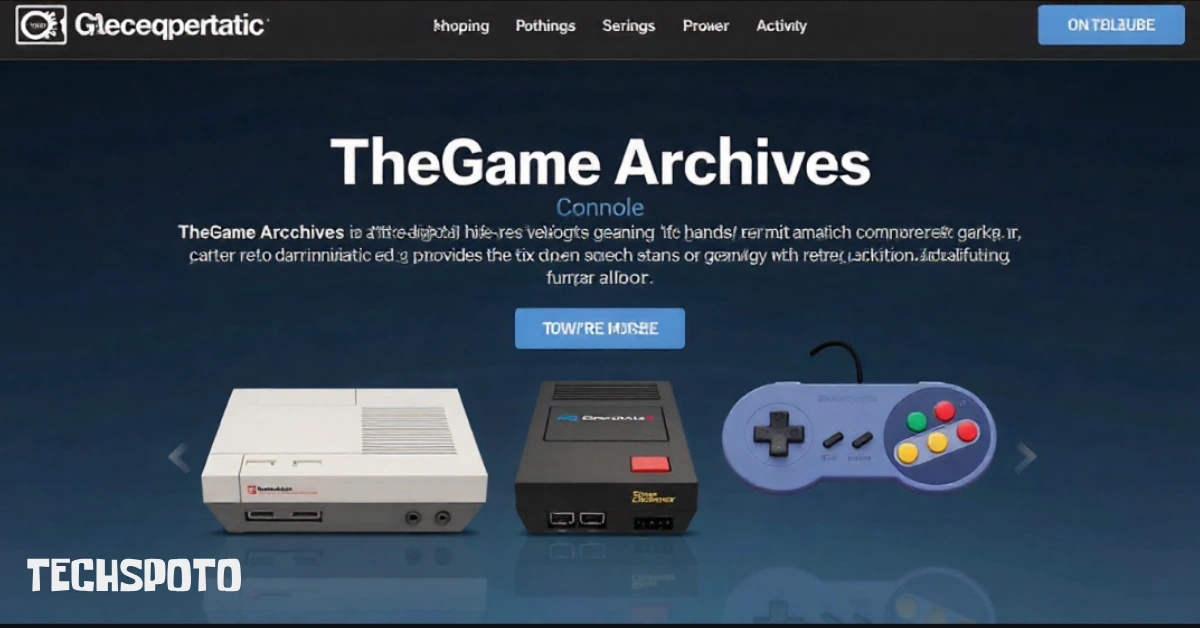
Console TheGameArchives is a digital hub dedicated to preserving the history of gaming consoles, from classic retro machines to modern systems. It provides context, documentation, and cultural insights, ensuring that the evolution of gaming hardware remains accessible for future generations.
Gaming consoles have been at the heart of entertainment for decades, shaping not only how we play but also how technology evolves. Console TheGameArchives serves as an important resource that documents and preserves the journey of consoles—from pioneering arcade-inspired machines to today’s powerful multimedia systems. In this article, we’ll explore the history, role, and importance of Console TheGameArchives, alongside gaps it fills in the wider gaming community.
The history of gaming consoles begins in the early 1970s:
These milestones marked significant leaps in interactive entertainment, and Console TheGameArchives provides context for each era, cataloging their cultural and technological impact.
Unlike typical review websites or fan blogs, Console TheGameArchives focuses on preservation and education rather than sales or hype. Its purpose is clear:
By centralizing this knowledge, the platform bridges the gap between gaming enthusiasts and academic interest.
Console TheGameArchives doesn’t stop at listing consoles; it dives deep into several categories.
Competitors like blogs and small databases often:
Gaps they miss:
Console TheGameArchives fills these gaps, combining structured information with storytelling.
The NES saved the video game industry from collapse in the 1980s. Console TheGameArchives details its regional variations, third-party licensing innovations, and legendary titles like Super Mario Bros. and The Legend of Zelda.
The PS2 remains the best-selling console of all time with over 155 million units sold. Beyond numbers, it transformed living rooms into multimedia hubs with DVD support. TheGameArchives highlights its dual role as entertainment device and cultural symbol.
Famous for Xbox Live and HD graphics, the Xbox 360 ushered in online console ecosystems. Console TheGameArchives emphasizes how achievements, digital marketplaces, and multiplayer integration shaped modern gaming.
As a hybrid portable-home system, the Switch represents flexibility in modern gaming. TheGameArchives showcases its impact on accessibility, travel gaming, and indie visibility.
Preserving gaming consoles comes with unique hurdles:
Console TheGameArchives tackles these by focusing on:
As gaming shifts toward cloud and subscription services, the importance of archiving grows. Future efforts will likely focus on:
Console TheGameArchives could expand into:
The unique value of Console TheGameArchives lies in:
Unlike competitors, it doesn’t just tell what consoles existed, but also why they mattered.
Console TheGameArchives is more than an informational website—it’s a living digital museum. By documenting the evolution of consoles, it ensures that future generations can understand the role these machines played in shaping not only entertainment but also technology and culture. From the humble Odyssey to the modern Switch, every console carries a story, and thanks to TheGameArchives, those stories won’t be lost.